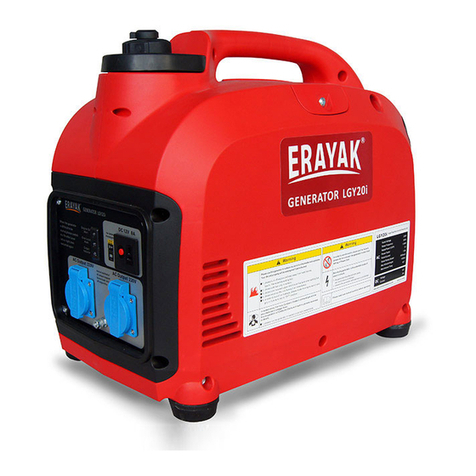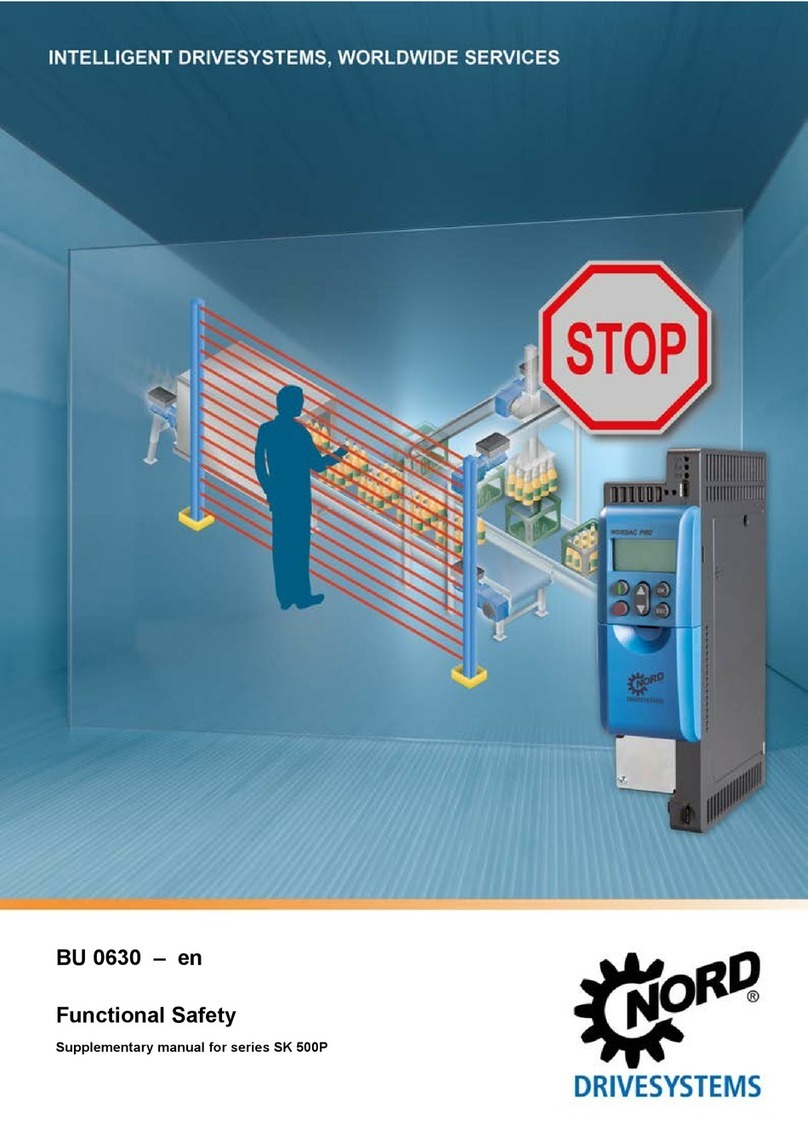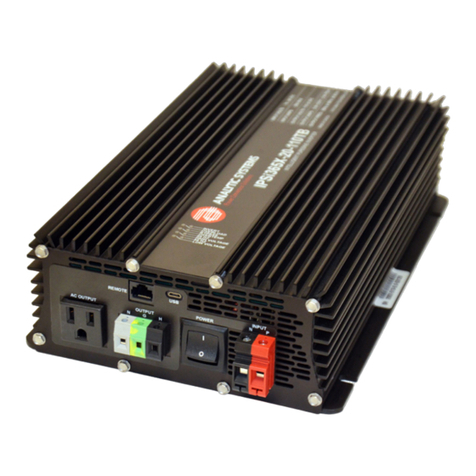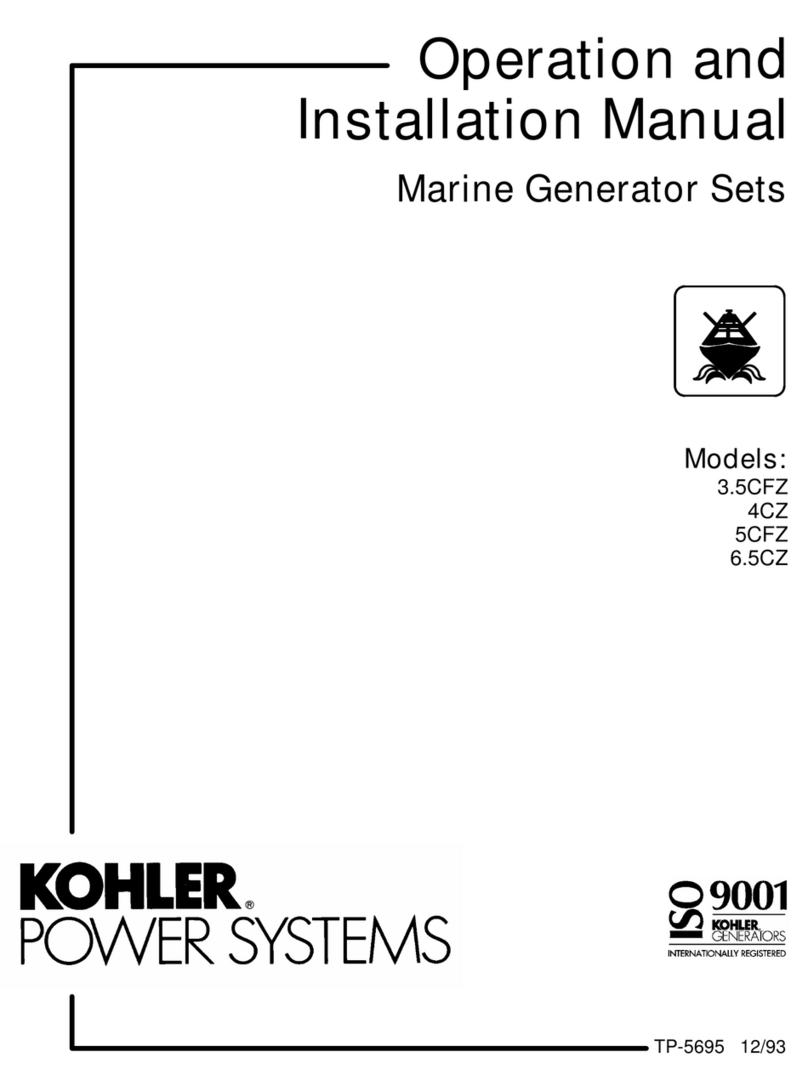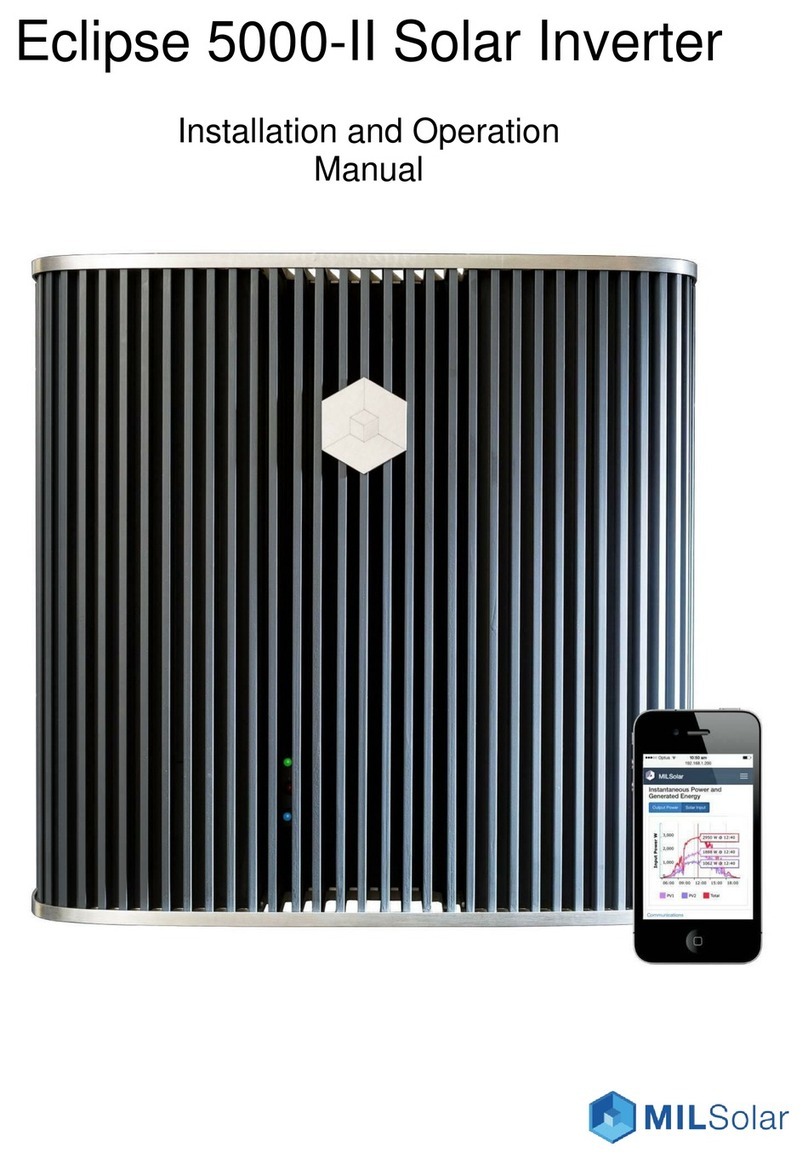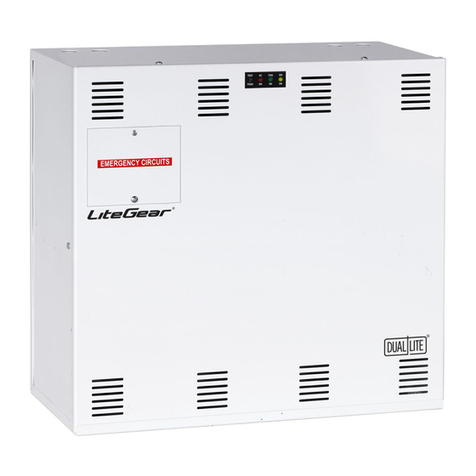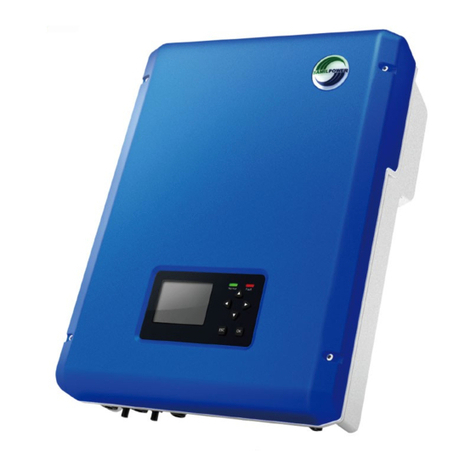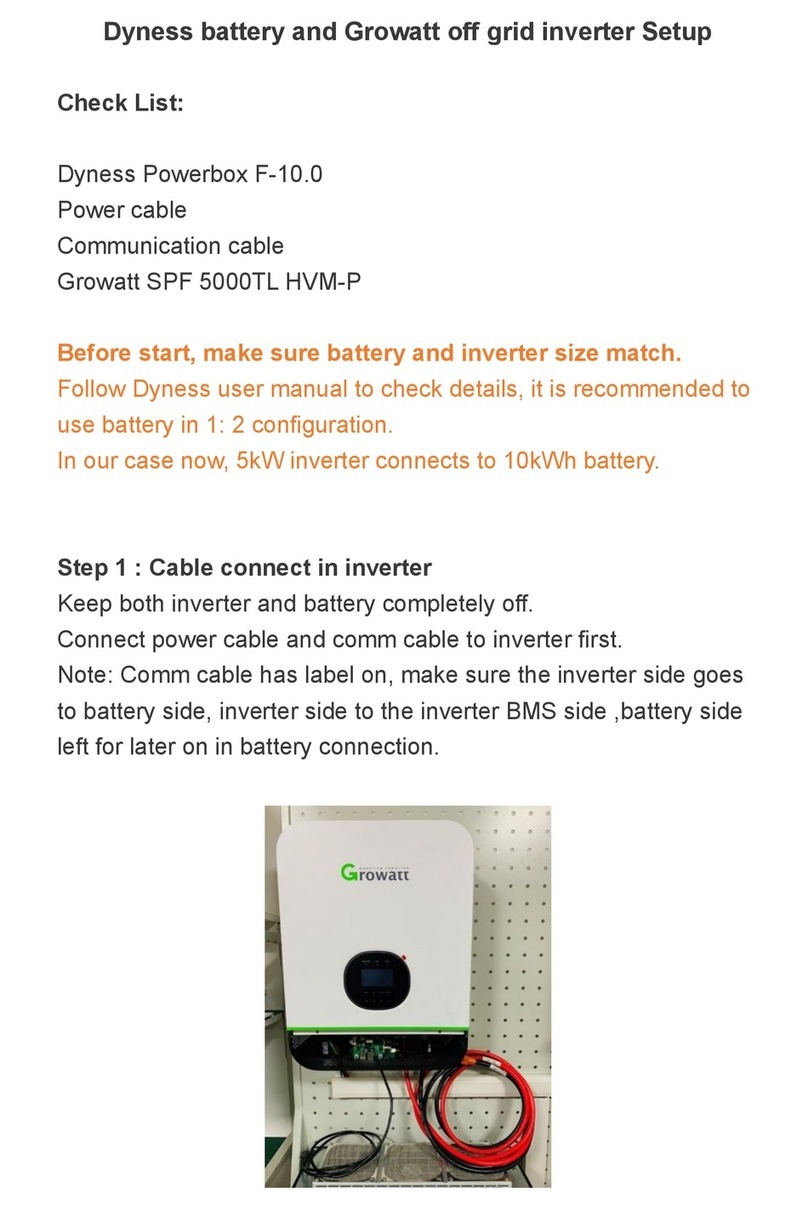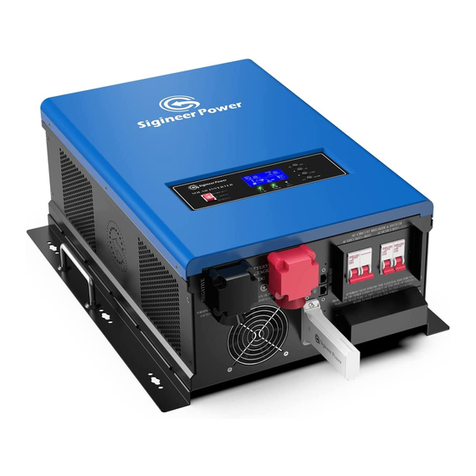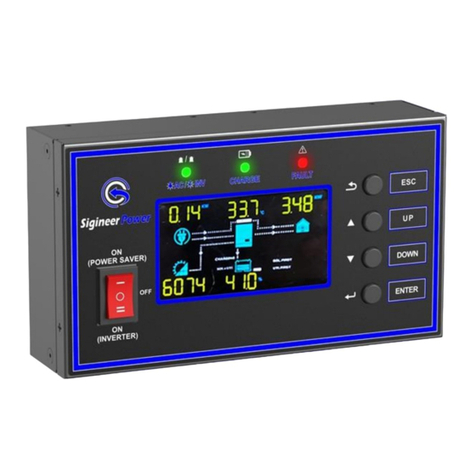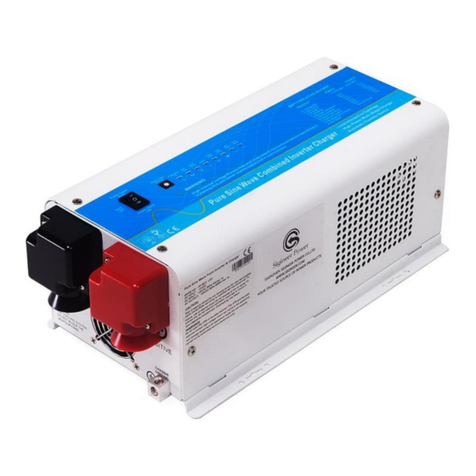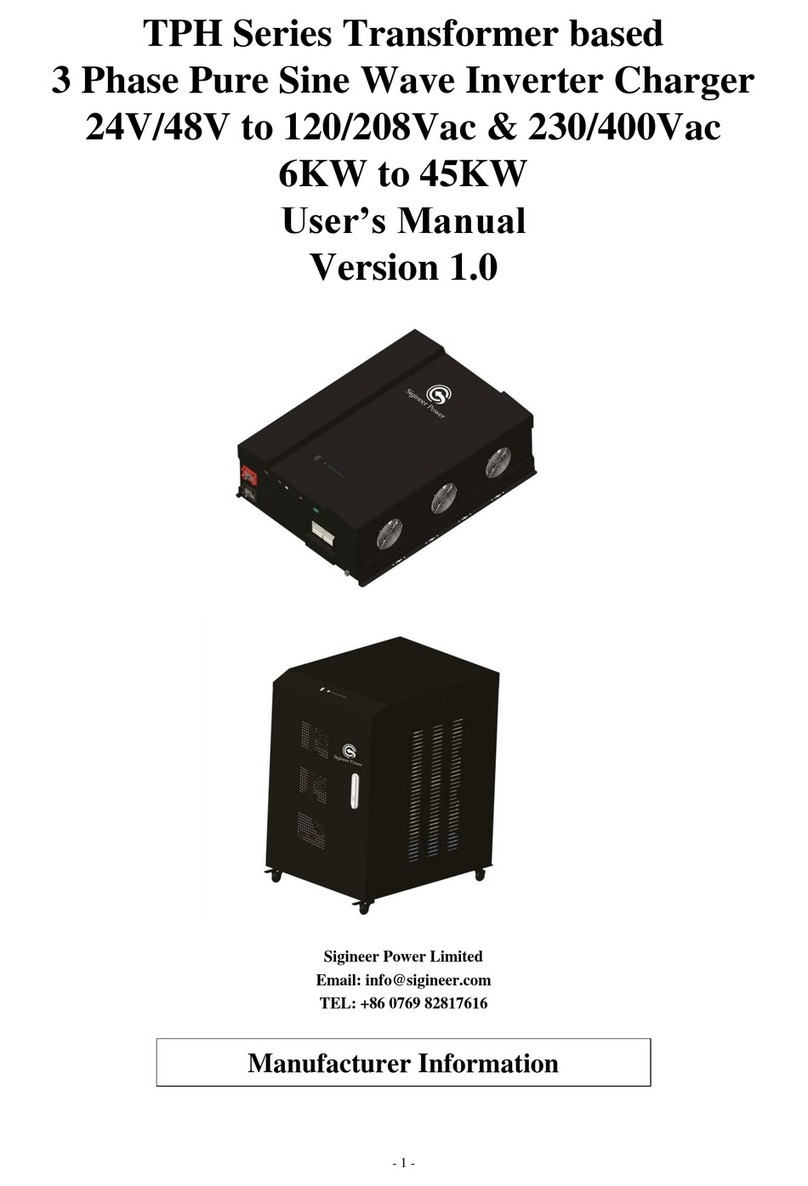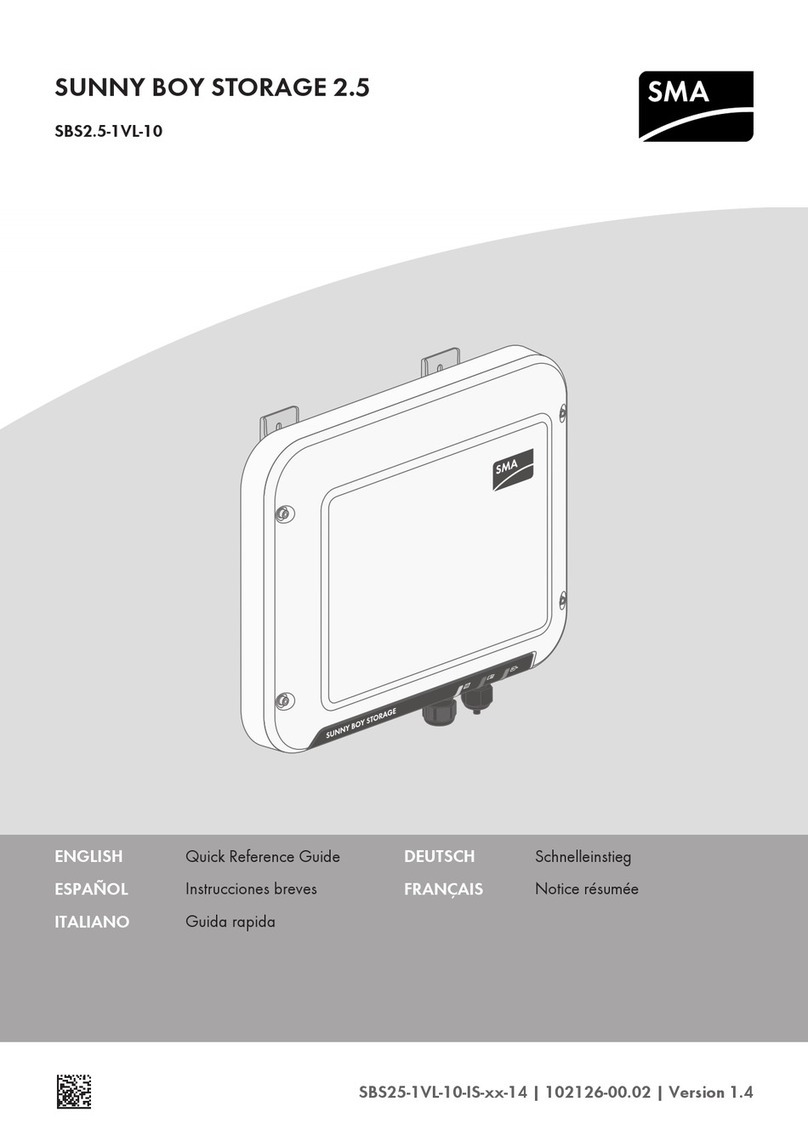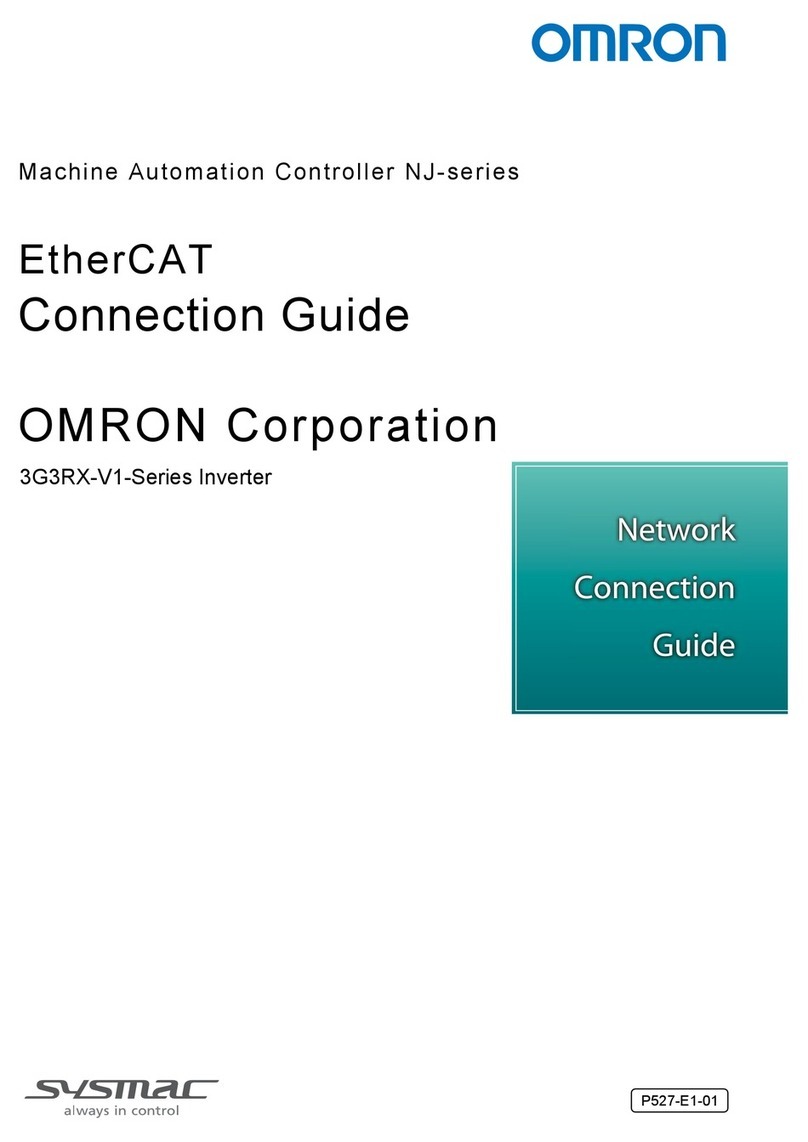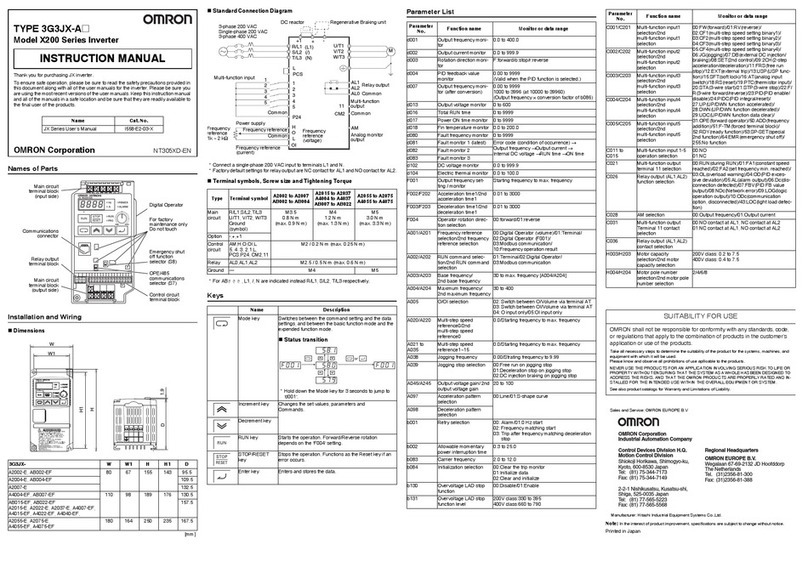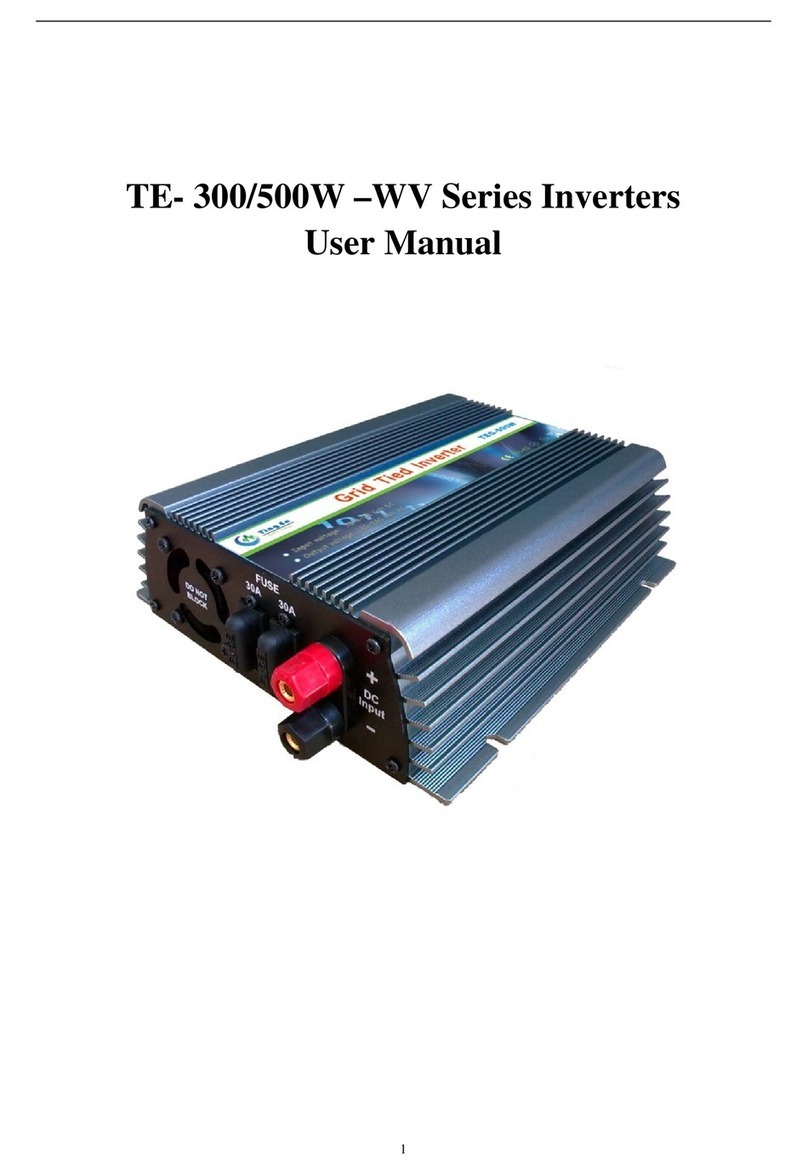www.sigineer.com
2
Table of Content
1 Important Safety Information.................................................................................................................................................1
1.1 General Safety Precautions..................................................................................................................................................1
1.2 Precautions When Working with Batteries.......................................................................................................................... 2
1.3 Target Group ....................................................................................................................................................................... 2
2 Introduction............................................................................................................................................................................ 2
2.1 General Information ............................................................................................................................................................ 2
2.2 Mechanical Design..............................................................................................................................................................3
2.3 Features ...............................................................................................................................................................................5
2.4 Electrical Performance ........................................................................................................................................................6
2.4.1 DC to AC Invert........................................................................................................................................................6
2.4.2AC & MPPT Charger................................................................................................................................................6
2.4.3 DC&AC Transfer......................................................................................................................................................9
2.4.4 Power Saver..............................................................................................................................................................9
2.4.5 Protections..............................................................................................................................................................10
2.4.6 Remote Monitoring ................................................................................................................................................10
2.4.7 LCD & Specification Setup.................................................................................................................................... 11
2.4.8AudibleAlarm ........................................................................................................................................................26
2.4.9 FAN Operation .......................................................................................................................................................26
2.4.10Auto Generator Start Dry Contact........................................................................................................................26
2.4.11 Automatic Recovery Operation ............................................................................................................................27
2.4.12AC Coupling Operation........................................................................................................................................27
2.4.13Advanced Utility Charging & Bypass Control With Timer..................................................................................28
2.4.14Automatic Neutral-to-Ground Bonding................................................................................................................28
2.4.15 Lithium Battery Wakeup....................................................................................................................................... 28
2.4.16 Other Features ...................................................................................................................................................... 28
3 Installation............................................................................................................................................................................29
3.1 Location.....................................................................................................................................................................29
3.2 Unpacking and Inspection.........................................................................................................................................29
3.3 Battery Wiring ........................................................................................................................................................... 30
3.4 PV Wiring.................................................................................................................................................................. 32
3.5 AC Wiring.................................................................................................................................................................. 32
3.6 Communication With Lithium Batteries ...................................................................................................................33
3.7 Inverter Parallel Operation................................................................................................................................................35
3.7.1 Parallel in Single Phase to Expand Power.............................................................................................................. 35
3.7.4 LCD Setting For Parallel Operation....................................................................................................................... 36
3.8 Communication with Computer ................................................................................................................................39
3.9 Grounding.................................................................................................................................................................. 39
4 Maintenance & Troubleshooting..........................................................................................................................................40
5 Warranty...............................................................................................................................................................................44
Appendix 1 : MS6048D Solar Inverter Spec Sheet.................................................................................................................44
Please record the Sigineer Power unit’s model and serial number in case you need to provide this
information in the future. It is much easier to record this information now than try to gather it after
the unit has been installed.
Order Number:
Model Number: / Serial Number:





















